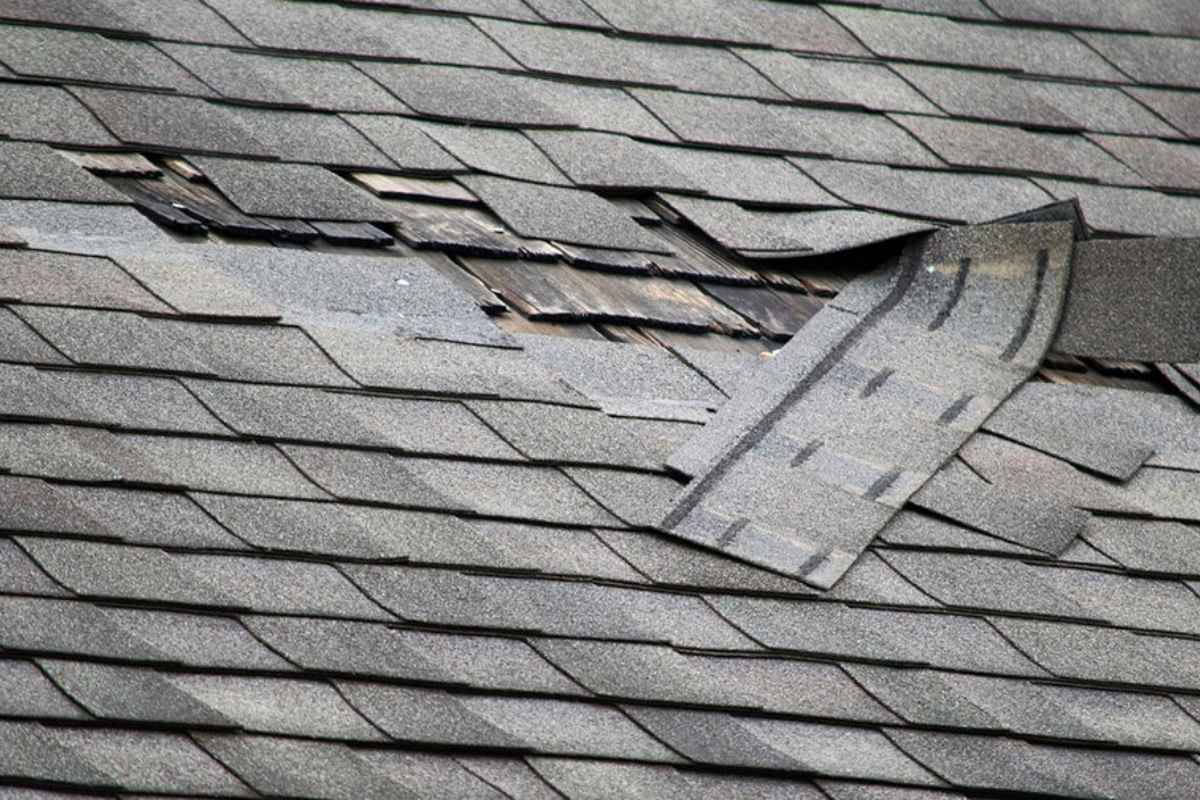Your roof is one of the most vital components of your home’s protection system. It shields you and your family from rain, wind, snow, hail, and the harsh sun, all while contributing to your home’s energy efficiency and structural integrity.
Severe weather conditions can cause significant damage that, if left untreated, can escalate into costly repairs or even compromise the safety of your entire house. Understanding the effects of weather on your roof and addressing repairs promptly can help you maintain a healthy roof and extend its lifespan.
This blog post explores the common weather-related damages to roofs and offers insight into why timely repairs are important for staying ahead of potential problems.
How Different Weather Conditions Affect Your Roof
Various weather elements exert unique pressures on your roof’s materials and structure. Heavy rain can infiltrate even the smallest cracks or damaged shingles, leading to leaks and water damage inside your home. Persistent moisture can promote mold growth and rot in wooden components, weakening the roof’s framework.
Strong winds, particularly during storms or hurricanes, can lift or tear off shingles, exposing the underlayment and increasing the risk of leaks. In colder climates, ice dams may form along roof edges, causing water to back up under the shingles.
Hailstorms often result in dents or fractures in shingles, which compromise their protective qualities. Even the sun’s UV rays cause gradual deterioration by drying out and cracking roofing materials.
Preventative Maintenance for Long-Term Roof Health
Preventive maintenance is key to extending your roof’s life and minimizing the risk of weather damage. Regular professional inspections performed by local roofing contractors, ideally twice a year and after severe weather, can catch problems early. Cleaning gutters and downspouts ensures proper water drainage, preventing water buildup and ice dam formation.
Trimming overhanging tree branches reduces the risk of damage from falling limbs and limits debris accumulation on the roof surface. Applying protective roof coatings can help shield shingles from UV rays and moisture penetration. Ensuring your attic has proper ventilation reduces heat buildup and moisture, which accelerates roofing material degradation.
Signs of Weather Damage to Watch For
Early detection of roof damage is crucial for preventing extensive repairs. Homeowners should regularly inspect their roofs after major weather events. Common signs include missing, cracked, or curled shingles, which indicate the roof’s protective layer is compromised.
Dark stains or streaks can suggest algae growth or water damage, while granule loss on shingles may reveal aging or hail impact. Inside your home, water stains on ceilings or walls often point to leaks caused by roof damage. You might notice higher energy bills if your roof’s insulation is affected by moisture intrusion.
The Importance of Timely Roof Repairs
Delaying roof repairs after weather damage can lead to escalating issues that affect your home’s safety and your wallet. Small leaks allow water to penetrate insulation and drywall, causing mold, mildew, and wood rot, all of which threaten indoor air quality and structural soundness. Mold especially, could cause various health issues. Contact professionals from Wise Abatement, or any similar companies, to get rid of mold.
Compromised roofs reduce energy efficiency, as damaged areas allow heat to escape during winter or enter during summer. This inefficiency results in higher utility costs and an uncomfortable living environment. Timely repairs restore your roof’s protective functions and can prevent damage to other parts of your home, such as ceilings, walls, and electrical systems.
Your roof faces constant exposure to the elements, and weather damage is an inevitable challenge for every homeowner. Understanding the specific impacts of different weather conditions, recognizing early signs of damage, and acting swiftly with timely repairs can significantly protect your investment. Regular maintenance and professional inspections are vital strategies for preserving roof health and preventing costly damage.
Staying ahead of weather damage secures your home’s safety and comfort, and ensures long-term savings and peace of mind. Don’t wait for problems to worsen. Prioritize your roof’s care today and keep your home protected through every season.
